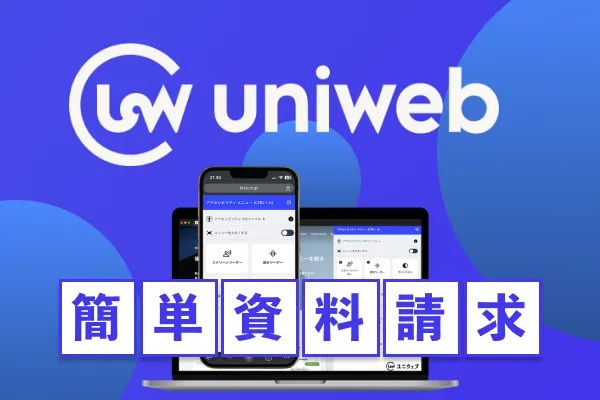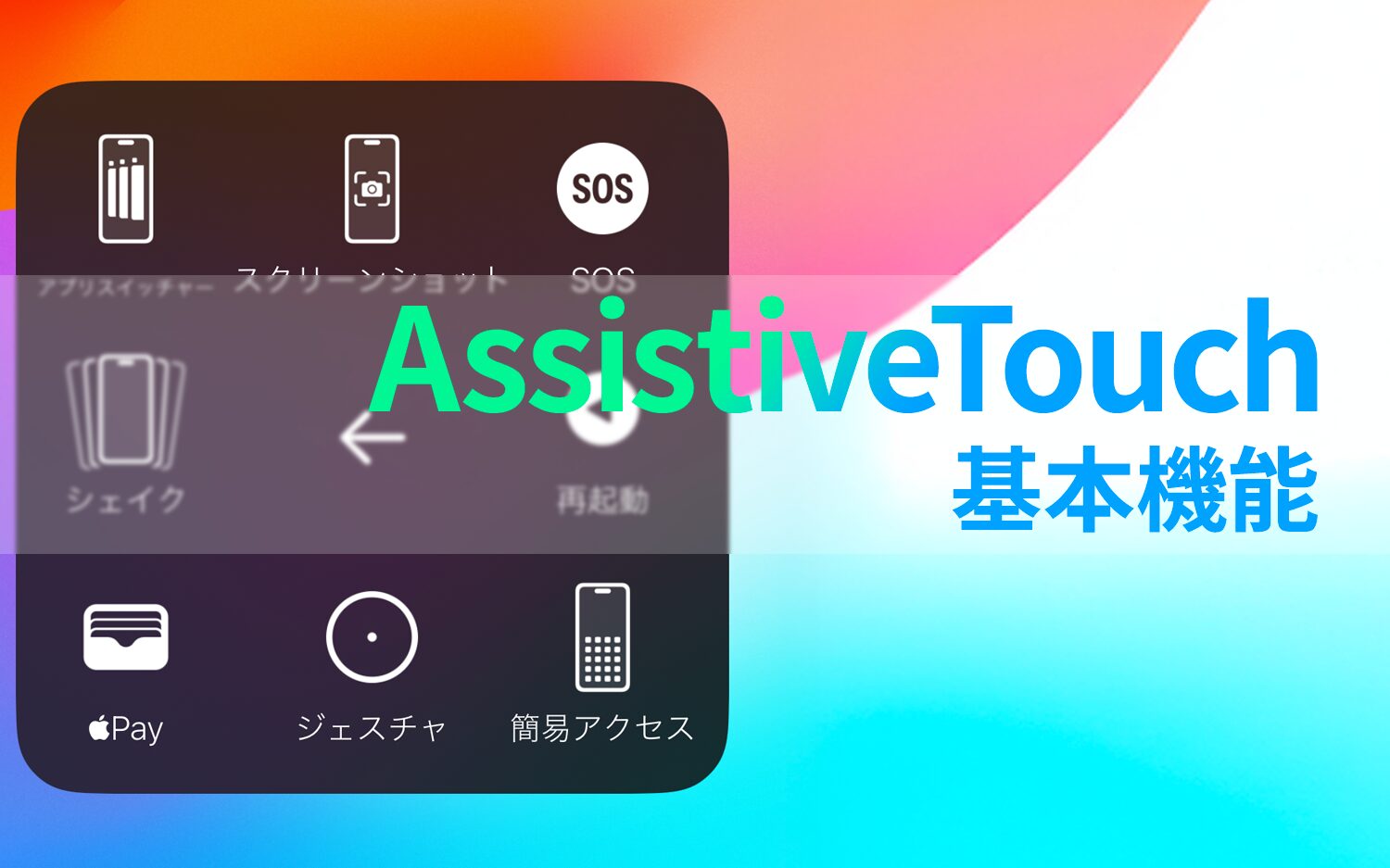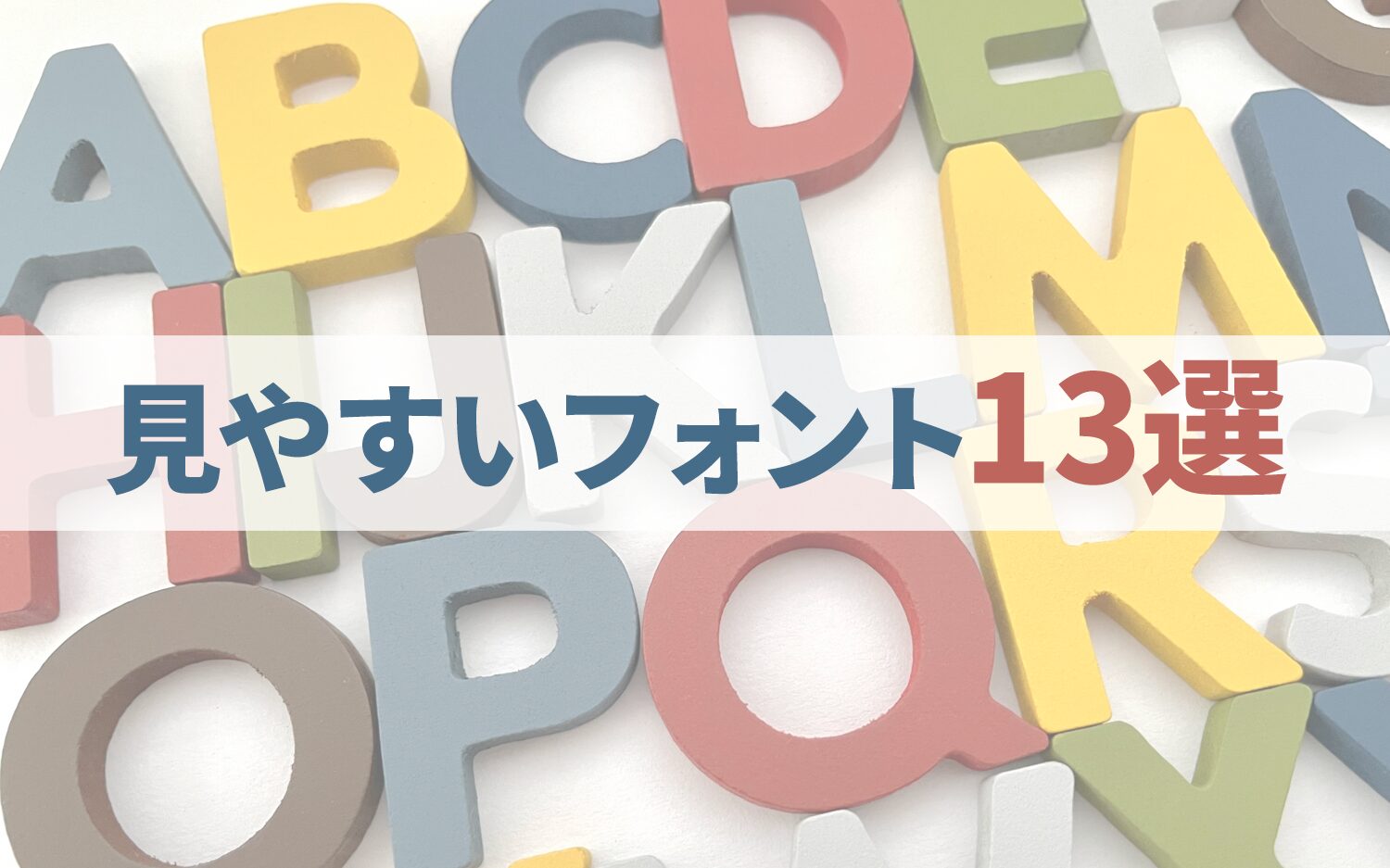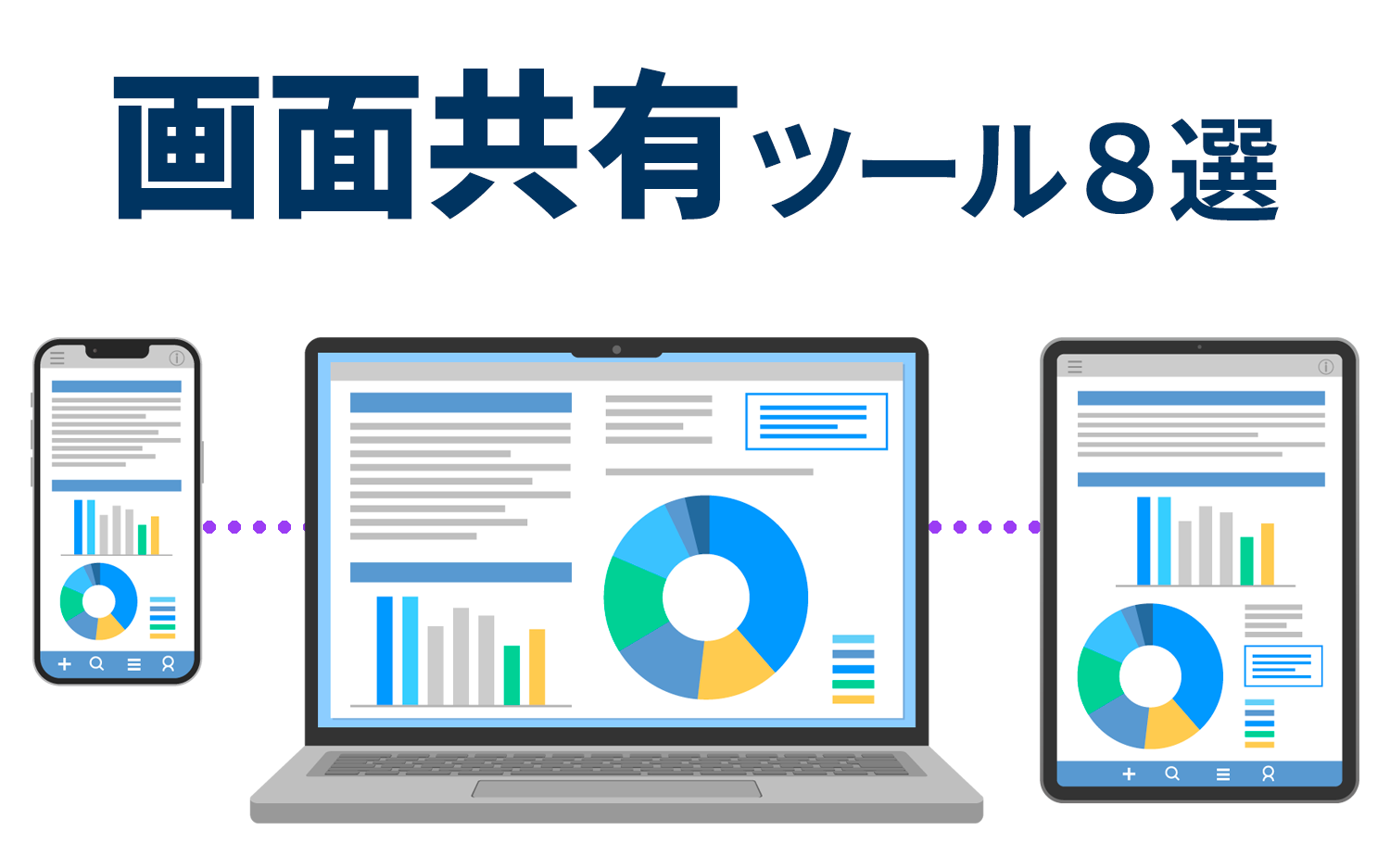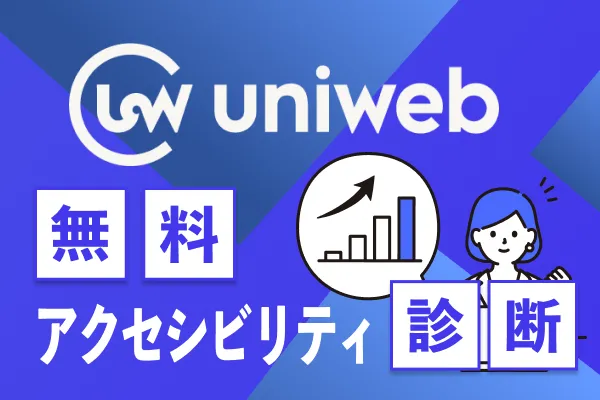Four methods of creating a multilingual website and three points to keep in mind
2025/09/22
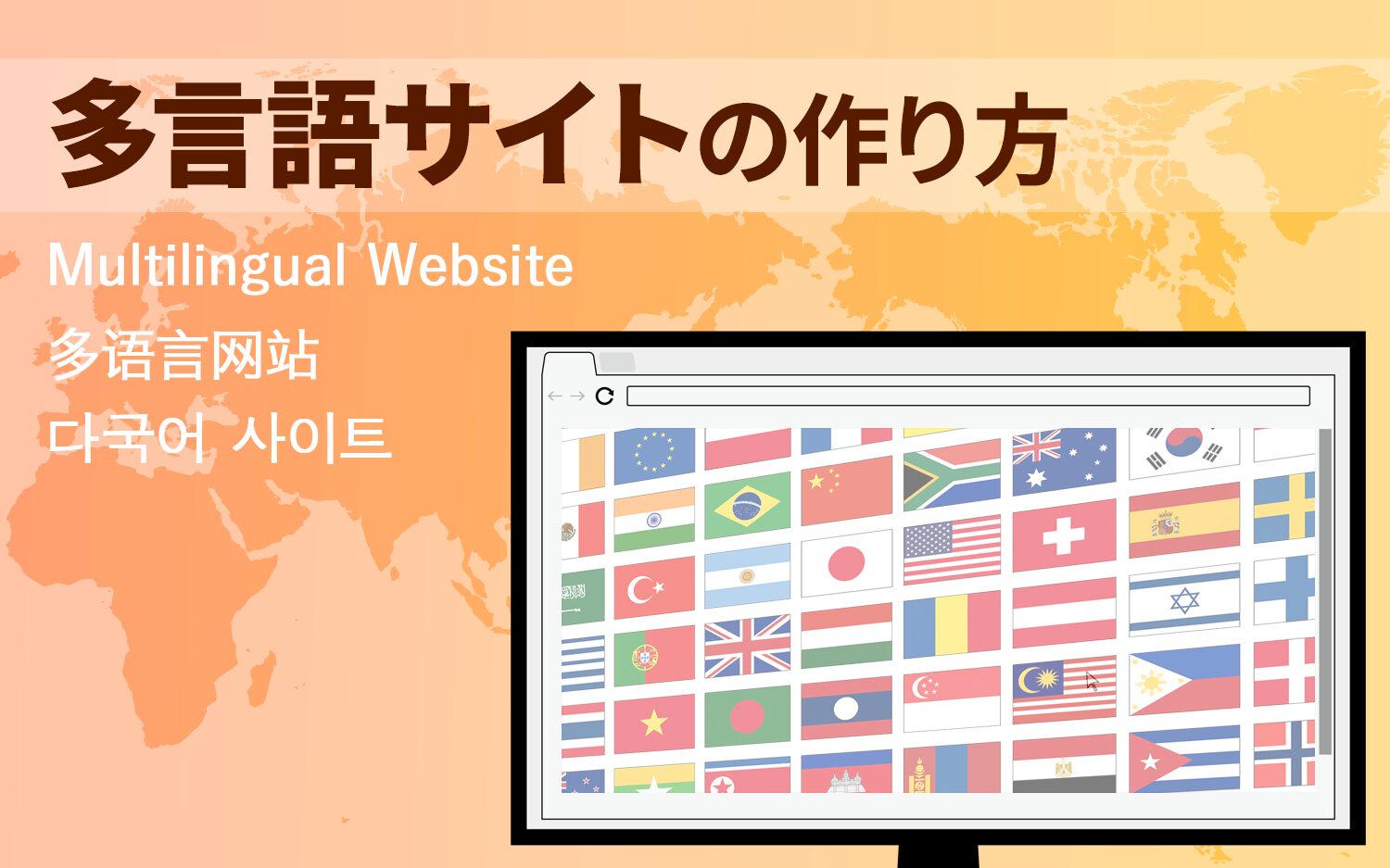
Multilingual SitesOperating multilingual sites has become an essential strategy for companies' global expansion in today's world where the internet is globally accessible and cross-border business is commonplace. Many businesses may be considering multilingual support for their own sites to develop new customer segments and enhance their competitiveness.
There are four main methods for building a multilingual website
Method 1: Create Static Pages Manually
Method 2: Use SaaS Translation Services
Method 3: Use CMS Plugins
Method 4: AI Translation + Human Proofreading
Each of these methods has its own characteristics and advantages, and an appropriate choice is required based on objectives, budget, and operational structure. Additionally, for the success of multilingual sites,efforts and considerations for localizing to each language area beyond simple text translationare important.
This article will explain in detail the characteristics of these four methods as well as specific points that will lead to the successful construction of a multilingual website.
Table of Contents
- 1 Four techniques for creating a multilingual website
- 2 Three Key Points to Keep in Mind When Creating a Multilingual Site
- 3 URL Design and SEO Measures for Multilingual Sites
- 4 Efficient Multilingual Support Achieved with UniWeb
- 5 Conclusion
Four techniques for creating a multilingual website
There are four typical methods of creating a multilingual site or making a site multilingual
◆Four typical methods of creating multilingual sites
Method 2: Use SaaS Translation Services
Method 3: Use CMS Plugins
Method 4: AI Translation + Human Proofreading
Please see the table below for a comparison of these four methods.
◆Comparison of four methods
| Item | 1. Create Static Pages Manually | 2. Use SaaS Translation Services | 3. Use CMS Plugins | AI translation + human proofreading |
| Cost | ○ From tens of thousands of yen *In case of outsourcing |
△ Free to several thousand yen per month |
× From several hundred thousand yen *In case of outsourcing |
○ AI Translation is free of charge *Outsourcing costs for proofreading are incurred. |
| Work Hours | × From a few days to a few months *Due to manual work, work hours depend on the number of pages |
○ Only needs to insert one line of tag |
△ As short as about one month |
△ AI translation can shorten the time, but proofreading process requires time |
| Accuracy of Translation | Depends on the method of translation | - Depends on the accuracy of automatic translation - High accuracy if a combination of professional translation and automatic translation is possible |
Depends on the accuracy of automatic translation | Automatic generation of AI translation Guaranteed accuracy by human labor |
| Scalability | × Creating each time takes time and makes management cumbersome. |
○ Quickly responds to scale expansion |
○ Relatively quick response due to CMS management |
○ New languages can be added quickly with AI Expansion of the calibration system is a prerequisite. |
We will explain each method in detail.
Method 1: Create Static Pages Manually
In this method, existing HTML pages are copied,and new pages are created for each language.Translated content is inserted into each page, and links and menus are manually adjusted as needed. Management methods include using subdirectories (e.g., example.com/en/, example.com/cn/) and using subdomains (e.g., en.example.com, cn.example.com).*To be described later
Cost:
There is no significant cost for creating static pages themselves, but if translation is outsourced, there will be associated costs.Especially if the number of pages is large, translation costs may increase.
Work Hours:
Creating each page individually and manually adjusting updates and links requires a lot of work hours. Particularly if the number of pages is large, it may take a long time to complete.
Accuracy of Translation:
It depends on the method of translation,If a professional translator is used, high-accuracy translation is possible.However, because it involves manual work, there is also a risk of typographical errors.
Scalability:
When adding new languages, it requires creating files every time and manually updating links and settings, which makes management complicated as scale increases.Management becomes complicated as scale increases.。
Method 2: Use SaaS Translation Services
SaaS translation services that make sites multilingual in the cloud typicallyrequire only inserting about one line of tag into an existing website, and automatically generate multilingual pages that are already translated.Translation management is possible via a dedicated dashboard, and SEO measures and analysis functions can also be utilized.
Cost:
The usage fee for the service isrelatively low cost, either free or about a few thousand yen per month.However, the price may increase when using large-scale sites or additional features.
Work Hours:
It is very easy to implement, as you only need to insert a script onto the site. It requires almost no work hours.
Accuracy of Translation:
Since it relies on automatic translation, there may be challenges with specialized terms and cultural nuances, butthere are services that provide high accuracy by combining professional translation.also available.
Scalability:
Even when adding new languages, it can be almost automated.It can respond quickly to scale expansion, making it suitable for long-term operation.
Method 3: Use CMS Plugins
CMS such as WordPress or Drupalis a method that uses multilingual plugins (WPML, Polylang, etc.) to manage each language page centrally on the CMS, enabling efficient operation.
Cost:
While some plugins are free,if CMS implementation or customization is outsourced, costs can reach several hundred thousand yen.。
Work Hours:
Initial setup and translation registration may take time, but operations can be done from the CMS management screen, making it more efficient than manual work.
Accuracy of Translation:
Although it depends on the accuracy of the plugin's automatic translation,there are plugins that allow the use of both automatic and professional translation,which can enhance the accuracy of translation.
Scalability:
Because the entire site can be centrally managed with CMS,Additionally, it allows for smooth integration when adding new languages. It's the ideal choice for medium to large-scale sites.
Method 4: AI Translation + Human Proofreading
This method automatically generates multilingual pages using AI translation, followed by human proofreading and editing.Ensure speed of page generation while correctly reflecting nuances and terminologyThis is a characteristic feature.Combine with CMS or SaaS translation servicesThis allows the actual multilingual site to be published efficiently.
Cost:
AI translation is available from free of charge and is low-cost, but there is an outsourcing cost for proofreading and additional editing.It is a middle ground between cheaper than fully human labor and more expensive than fully automated labor.。
Work Hours:
The proofreading process is necessary, although it can be shortened because the AI translation can generate the base at once.
Accuracy of Translation:
Because we can take advantage of the speed of AI translation while guaranteeing accuracy by human labor,High quality at working levelThe result will be a
Scalability:
Easy to add new languages with AI translationHowever, if we do not have a proofreading system in place, it will be difficult to handle the expansion of scale.
The four methods have the above differences,it is necessary to choose the optimal method based on objectives and scale.For small-scale sites or if you want to keep costs down, starting with method 1: creating static pages manually may be sufficient.
Additionally, for medium to large-scale sites aiming for efficient operation, utilizing method 2: SaaS translation services or method 3: CMS plugins is suitable.In particular, method 2: SaaS translation services is the best method if you want to multilingualize quickly and easily.
Furthermore, the accuracy of multilingual translation varies depending on which method is adopted.For a more detailed explanation of site translation methods, please refer to the articles below in conjunction with this one.。
Related Articles:Three Methods and Precautions for 'Site Translation' to Know Before Implementation
Next, let's discuss the key points to keep in mind when creating a multilingual site.
Three Key Points to Keep in Mind When Creating a Multilingual Site
Once you decide on a method for creating a multilingual site, you will start building the site, but there are some important points to consider beforehand. Here, we’ll introduce three representative points.
Point 1: Selection of Supported Languages
When creating a multilingual site, the first step is to select the languages to support. Unless the supported languages are already clearly defined, if you are going to choose them now,it is important to choose based on the target market and business objectives.is essential.
The selection of supported languages can be effectively done through the following steps, for example.
Step 1: Analyze the target market and current user demographics.
Understand the region and language of the users currently accessing the site and clarify which markets are the most important. Common methods include:Checking user language settings and regions of access using Google Analytics and other analytics toolsis a common practice.
Step 2. Consider the importance of language and its impact on the market.
Choosing a language widely used in the target market is crucial to enhancing competitiveness and appealing to potential customers. For example, in the Chinese market, Mandarin (Simplified Chinese) overwhelmingly dominates, and local users may not be able to receive information adequately only in English.
On the other hand, in the European market, English is used as a common language in many countries, but by adding French or German in certain regions, it is possible to reach more customers. In this way, language selection must be based onan understanding of language prevalence and consumer behavior in each market.
Step 3. Determine the amount of content relative to operating costs.
Instead of translating every page,it is possible to prioritize translating the pages that are particularly important to customersto keep operating costs down. For example,the homepage, product description pages, FAQ pages, and other content that influences users' first impressions and decision-making are prioritized.。
Additionally, by utilizing access analysis tools,it is possible to identify pages where users spend a long time or have a low bounce rateto effectively narrow down the target for translation.
Step 4. Plan a phased approach to multilingual support.
The supported languages should also be prioritized. Instead of addressing all languages at once,it is effective to focus on one or two high-priority languages.For instance, starting with languages that have high demand in global markets like English or Chinese, and then expanding to other languages once operations stabilize.
Monitoring the access numbers and conversion rates for translated pages and collecting user feedbackallows for identifying the next languages to support and the direction for content.
What if you just want to support multiple languages for now?
If following these steps is difficult or if the specific target is not yet clear, it is advisable to proceed with global support in mind. For example,the Ministry of Internal Affairs and Communications lists 18 languages as priority support languages for multilingual translation technology.
◆ Priority support languages suggested by the Ministry of Internal Affairs and Communications (partially)
Western countries: English, Spanish, French, German, Italian, Portuguese, etc.
Others: Arabic, Russian, etc.
* Traditional characters maintain their traditional forms (mainly used in Taiwan, Hong Kong, and Macao), while Simplified characters are simplified forms of traditional characters (mainly used in mainland China, Singapore, and Malaysia).
Among these, Japanese companies particularly tend to choose the following languages.
Chinese: The world's largest market, enabling direct access to Chinese internet users.
Korean: A neighboring market with strong geographical and economic ties to Japan.
Prioritizing these languages can yield certain effects of multilingual support even in the early stages.
Point 2: Quality of Multilingual Support
In creating a multilingual site, it is important not only to perform translation work but also to enhance its quality. In particular,translations that consider the culture and values of the target market countryare crucial for gaining users' trust. Even if the translated content is accurate, ignoring the cultural background can lead to misunderstandings and discomfort.
Here are some specific examples.
Differences in nuances and forms of words
In Japanese, honorifics and polite language are emphasized, so in business contexts, the expression 'you' is avoided in favor of using names or titles. Conversely, in English, direct address with 'you' is common. Ignoring these differences at the time of translation can risk making users uncomfortable.
Understanding humor and metaphorical expressions
For example, a direct translation of the Japanese metaphor 'the voice of a crane' may not be easily understood abroad. It is necessary to replace it with expressions suitable for the local culture.
Taboos related to religion and customs
Taking food culture as an example, it is widely known that dishes containing pork are taboo in Muslim cultures. Translations related to food require consideration of this, and ignoring it can lead to major misunderstandings or criticism.
Differences in business customs
In Western countries, a '30-day return guarantee' is commonly accepted as a sales method, but in Japan, the culture regarding returns and refunds is less prevalent than in the West. Not understanding this and translating directly can result in content that does not meet local customer expectations. In this case, it is necessary to localize the translation as follows.
Localized for Western audience: '30-day return policy. However, the return shipping cost is the customer's responsibility. Applies to unused products only.'
In this manner, appropriately changing expressions while considering differences in business customsand, if necessary, adjusting the content of the servicemay also be required.
Methods of Translation
To enhance the quality of translation, it is necessary to understand ways to utilize translation tools and services. There are three representative methods of translation as follows.
Method 1: Automated translation tools
Method 2: SaaS translation services
Method 3: Translation service companies
It is necessary to choose the optimal method according to the site's characteristics and budget.For those who want to know more about translation methods, please refer to the articles that provide detailed explanations.。
Related Articles:Three Methods and Precautions for 'Site Translation' to Know Before Implementation
In this way, translation of multilingual sites requires not only accuracy,but also consideration of the culture and social background of the country,which can provide content that is familiar to diverse users.
Point 3: Considerations for Design and UI
On multilingual sites, attention must be paid not only to translation but also to design and UI (user interface).Design preferences, color usage, and usability vary in each country and region, and ignoring these when building a site can lead to user abandonment locally, so caution is necessary.。
As a specific example, below is a summary of the design and UI characteristics in the 'United States,' 'China,' and 'South Korea.' Please see the table below.
◆ Differences in web design and UI between the United States, China, and South Korea
| Item | United States | China | South Korea |
| Design Characteristics | ・ Simple and intuitive ・ Minimalist designs featuring a white base are common ・ Information is conveyed more through text than images |
・ Busy and information-heavy ・ Frequent use of banners and pop-ups |
・ Many designs are trend-conscious ・ Large images with minimal text |
| Color Usage | There is a tendency toward colors that convey trust, such as blue, and a clean, easy-to-read white. | Bright and eye-catching colors like red and gold are preferred. | Pastel colors and soft shades are common. |
| Font Size | Relatively large, emphasizing visibility. | Smaller font sizes tend to pack in information. | Medium-sized fonts provide a balanced readability. |
| Layout | Clear visual hierarchy with important information standing out. | Folding menus and mobile-friendly designs are prioritized. | Card-based designs and grid layouts are frequently used, giving a refined impression. |
| UI Points | Buttons and menus are large and visually clear. | Focusing on mobile usability, many operations can be completed with a single tap. | The simplification of social login and membership registration is emphasized. |
In this way,Since the points emphasized in site design and UI vary by country,when creating a multilingual site, it is necessary to adjust the page design, layout, or structure so that local users do not feel uncomfortable.
Below are examples of websites from three countries.
USA: Official Apple Site

The visual hierarchy is simple and clear.
China: Taobao

The layout is colorful and rich in information.
South Korea: Amorepacific

It features trendy color schemes and sophisticated design.
Layout adjustments are important for multilingual sites
In multilingual support, simply translating the text is not enough.Since the character count and structure differ by language, layout adjustments are essential.For example, English sentences tend to be longer than Japanese, which can cause buttons and menus to not fit on the screen, while in Chinese, shorter character counts can lead to noticeable empty spaces.
Additionally, for languages that read from right to left, such as Arabic and Hebrew, a complete review of the layout is necessary. If the appropriate fonts are not used,there is a risk of character corruption and decreased visibility.also available.
To address these issues, some ingenuity is required. Specific countermeasures include:adopting responsive design that allows dynamic adjustments of the layout according to the language.We will implement this. Additionally, considering the differences in character counts,we will adopt a design that allows for flexible adjustments of the widths of buttons and menus.This will create a multilingual site that diverse users can comfortably use.
Furthermore,it is crucial to check the appearance across all devices, including mobile and tablets, after translation, and to conduct thorough testing for any issues.Thus, adjustments in layout and design are indispensable elements in multilingual support.
URL Design and SEO Measures for Multilingual Sites
In multilingual sites, appropriate URL structures and SEO measures are crucial. By establishing clear and consistent URLs for each language, one can create a website that is user-friendly for both users and search engines. Each will be explained in detail.
Design of URL Structure
In multilingual support, the following three URL structures are common:It is necessary to understand the characteristics and advantages of each and choose them according to the scale of the site and its target audience.
◆Three URL Structures for Multilingual Sites
| URL Structure | Example of URL | Features |
| ① Subdirectory | example.com/en/ | A method of managing folders by language while sharing the main domain.Management is simple and the SEO effect is less likely to be dispersed. |
| ② Subdomain | en.example.com | Independently manage each language under subdomains.Suitable for branding global companies,but the SEO effect tends to be dispersed. |
| ③ Country-Specific Domain | example.co.uk | Sites specialized for specific countries or regionsare suitable for. Separate management is required for each country, making it complex. |
Each URL structure has its advantages and points to watch out for. The subdirectory type (①) allowsfor concentrating the SEO effect within the same domain and is easy to manage, soit is ideal if you want to operate uniformly.
On the other hand, the subdomain type (②) offers the flexibility to operate each language site independently,which is effective when deploying different marketing strategies for each local subsidiary.However, it may lead to a dispersion of SEO effects. Additionally, the country-specific domain (③) canenhance trust in specific countries or regions more easilyand while it has strengths in local SEO, one must be mindful of increased operational costs and management burdens.
Due to these differences, it is necessary to choose the optimal structure according to the target market and operational system.
Three Points for SEO Measures
To operate a multilingual site effectively, search engine strategies in the target market are essential. In particular,appropriate settings for each language and strategies that reflect local characteristics are important.Here, we will explain three basic SEO measures for multilingual sites.
Point 1: Installation of hreflang Tags and Metadata
The hreflang tag is an HTML tag to inform search engines of the target language and region of the page,and is a mechanism to ensure that the appropriate pages are displayed to users.By using hreflang tags, you can accurately convey the target language and region of the page to search engines, ensuring that users see the correct language version of the page when searching.When users search, the appropriate language version of the page will be displayed.
Also, for each page, set different languages for thetitle tagandmeta description,to ensure accurate representation in search results. At that time,it is crucial to confirm and adhere to formats suitable for local search engines.。
Point 2: Setting Local SEO Keywords
For example,even for the same product, different search keywords are used in each country.See the following examples.
◆Examples of Different Keywords by Country (for Sneakers)
Japanese: スニーカー, 運動靴
English: sneakers, running shoes, trainers
Chinese: 运动鞋, 跑步鞋
In this way, set the optimal SEO keywords for each country.
Point 3: Understanding the Search Engines Used Locally
When operating a multilingual site,it is very important to understand the search engines that are used in the target market.For instance, while Google is the standard in many countries around the world,in China, Baidu is prevalent, and in South Korea, Naver is mainstream.Each of these search engines has different algorithms and evaluation criteria, necessitating appropriate responses.
In terms of specific differences,Baidu particularly emphasizes site loading speed and mobile compatibility, while Naver favors blogs and content-type information in search results for SEO.Understanding these differences and optimizing according to the local search engines can lead to improved search rankings in the target market.
Efficient Multilingual Support Achieved with UniWeb
The company we offer,‘UniWeb’is a plugin-based web accessibility tool that allows for easy implementation of accessibility features by simply adding a line of code to the website.With just one line of code, you can easily implement accessibility features.Uniweb includes a variety of features, one of which is the“Multilingual AI Translation Feature,”which allows translations in over 60 languages, including English, Chinese, and Korean.
The multilingual AI translation feature of Uniweb has three characteristics.
◆ Three Features of UniWeb’s ‘Multilingual AI Translation Function’
Simply inserting one line of code into the siteensures rapid translation completion, enabling immediate reflection with minimal additional work.
2. Easy Management After Translation
Updates to the site are automatically reflected in the translation,greatly reducing operational efforts. The translation results can also be manually edited.
3. Improved Cost Performance
Compared to traditional translation agencies,it enables efficient operations with high-precision translations from AI while keeping costs down.
Uniweb's multilingual translation caninstantly translate website text with simple operations.See below.
◆How to Use the Multilingual AI Translation Feature
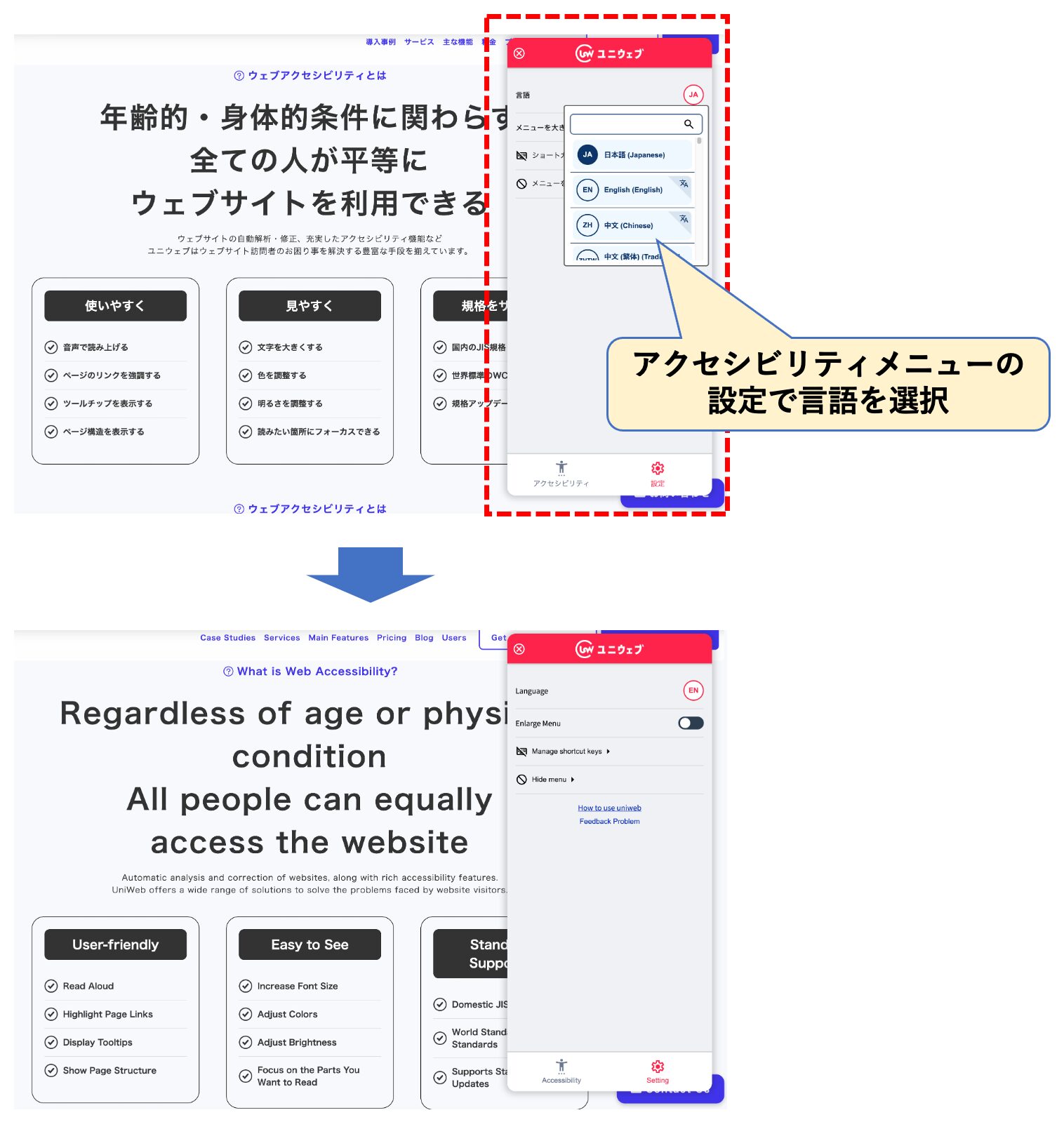
By adopting Uniweb, you can access the accessibility menu from any page of the website as mentioned above, and easily switch display languages in the settings. By utilizing Uniweb, you can quickly and effectively achieve multilingual support.If you are considering building a multilingual site with an emphasis on cost and labor,you might want to consider it as one of your options.
Currently, during our campaign period (from November 12, 2025, to April 1, 2026),it is possible to install at a lower cost. For more details,please visit the page below.Thank you.
Conclusion
When building a multilingual site, it is essential to choose the right method and proceed strategically. In this article, we introduced
・Creating static pages manually
・Utilizing SaaS translation services
・Using CMS plugins
AI Translation + Human Proofreading
Each of these four methods has its own advantages and disadvantages, and you need to choose the one that best suits your company's scale and objectives,comprehensive strategy that goes beyond mere translation work.This approach is essential, taking into account local needs, cultural backgrounds, and SEO strategies for each country, along with various other points.
Ultimately, the success of a multilingual site depends on whether you can provide a site that is user-friendly and trustworthy for local users. Let's refer to the content explained this time to realize an effective multilingual site.
-
Contact Us
-
Request Info
-
Free Trial
-
Partner System

